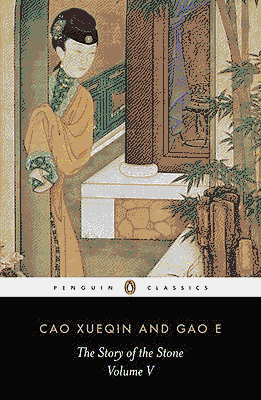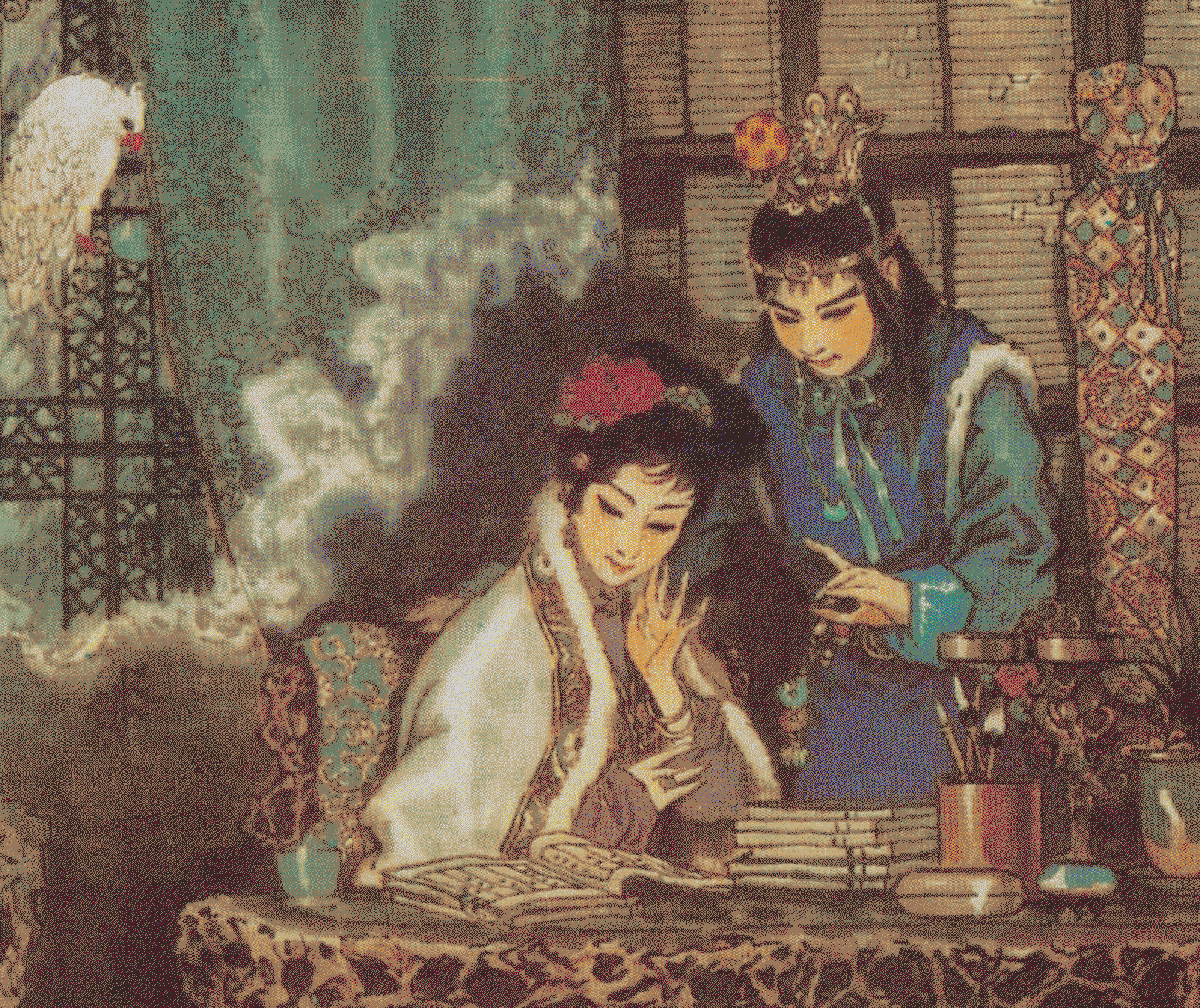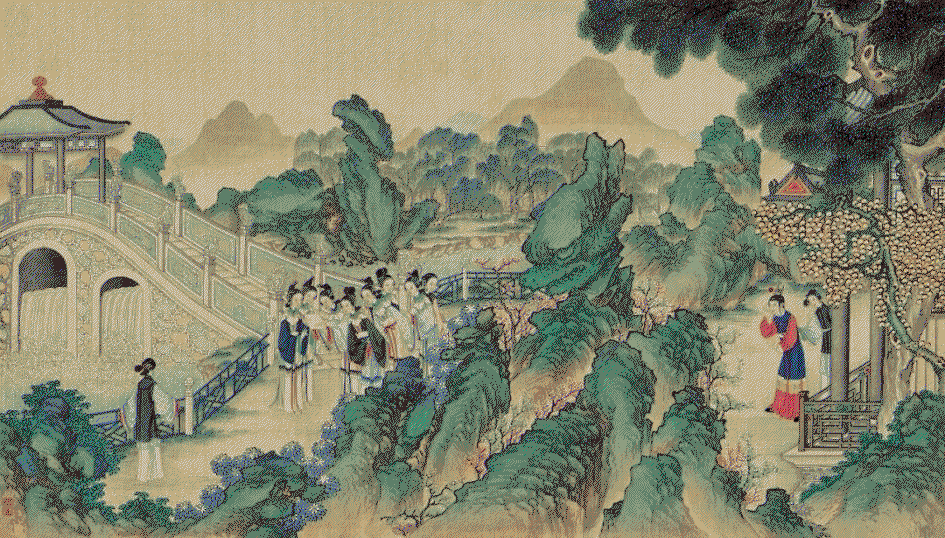.png)
Cao Xueqin / 曹雪芹





Cao Xueqin / 曹雪芹 was born on the 4th of April, 1710, in Nanjing, China. He was an author and poet, and wrote The Story of the Stone (紅樓夢) which is one of the Four Great Classical Novels of Chinese literature.
 |
||||||||||
Man zhi huangtang yan, yi ba xinsuan lei! Pages full of idle words |
||||||||||
 |
His work holds a deep place in my heart, to the deepest valves. The best comparison to The Story of the Stone is War & Peace by Leo Tolstoy, but both are their own novels. The understanding of spiritual realms, human emotions, grief, and love depicted in the novel is monumentous. It is sublime.

Cao Xueqin's life is mirrored in his Story of the Stone as well, but I shall not spoil how it is, just explain his life. If you read his story, you will see parallels.
His grandfather, Cao Yin, was a playmate in childhood to the Kangxi Emperor. Therefore, his family was blessed with abundance throughout life. The family enjoyed riches, presents, and a generally languid lifestyle. However, when the Kangxi emperor died, Cao Xueqin's family was attacked and had all of their property confiscated.

Above is where literary scholars believed Cao lived his abundant life with his family, which is the large Prince Gong Mansion.

His life is a mystery, enigmatic. His name is not found in any clan register, and no other nicknames he was given by contemporaries can be traced, either. After the abundant life he enjoyed was demolished, he went to the countryside to sell off paintings and drank copious amounts of wine. Locals would say: "Born in the prosperous, finally degenerate."
Cao died before completing his novel. We will never know the true ending.
Surviving manuscripts were bought and sold, and some ended up being lost. He died having written 80 chapters. In 1791, Gao E, who claimed to have access to Cao Xueqin's working papers, "completed" the novel to 120 chapters.

Literary scholars question the authenticity of the last 40 chapters. I do too. It makes me go mad, obsessive, after finishing his story, that I will never know the true ending of his great work. One thing that honors this strange transition is that David Hawkes translates the first three books (if you read the books, read the Hawkes translation.) In the chapters that Gao E came up with, John Minford translates it. You can feel a different sense of writing, which highlights the stark contrast between Cao Xueqin's original writings and Gao E's imaginative completion of it.

To pull you in to the book, the story begins with a sentient stone in the mountains, a piece of the sky leftover from the Goddess Nuwa mending the heavens. This stone is found by a Taoist priest and a Buddhist monk, who the stone begs them to let him live a life in the material world. They accept his plea, so he can learn about the beauties and follies of human existance, and is reborn as the main character Jia Baoyu. Thus, it begins...
 |
|||||||||||
More real than human life appears, Reflect that life itself’s a dream And do not mock the reader’s tears.”  |